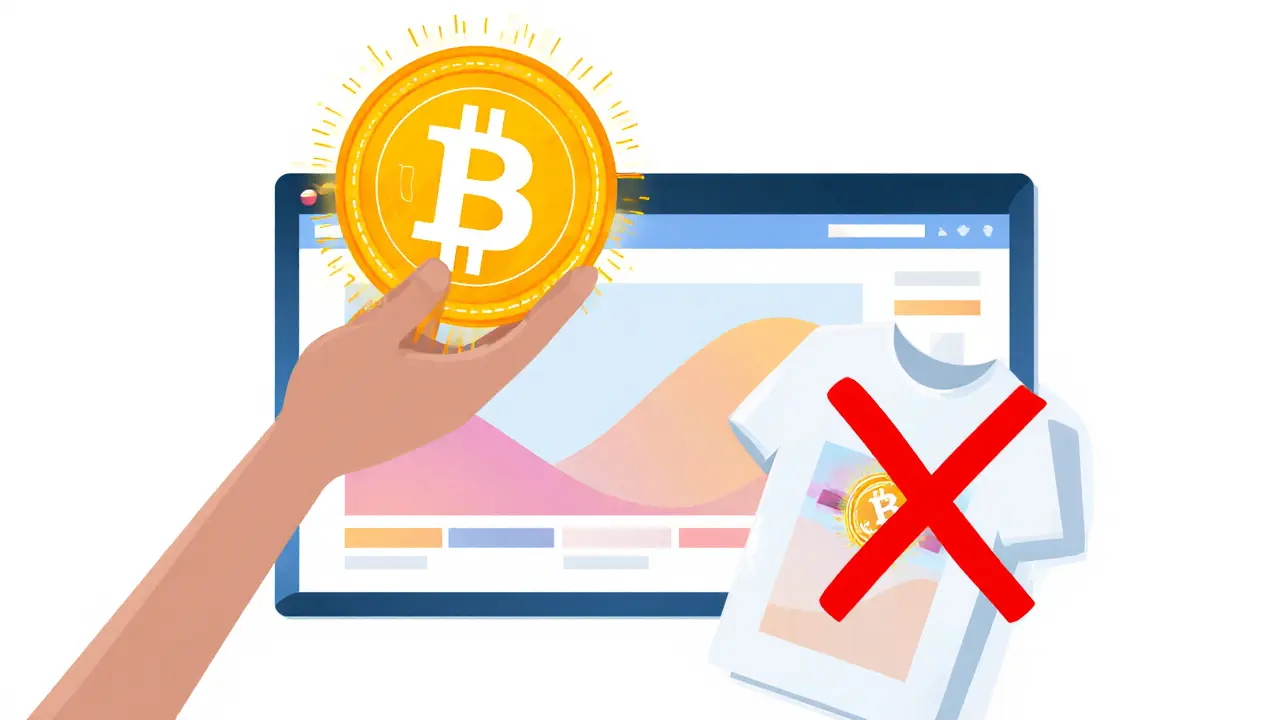Digital Art Ownership: How Blockchain Proves You Really Own Your NFTs
When you buy a piece of digital art ownership, the ability to prove you control a unique digital asset using blockchain technology. Also known as NFT ownership, it’s not about downloading a JPEG—it’s about holding a verified, unchangeable record that says you’re the one who owns it. This isn’t like owning a Spotify playlist or a PDF. Those can be copied, shared, or taken away. Digital art ownership on the blockchain is permanent, transferable, and tied to your wallet—no middleman can erase it.
What makes this different is how it connects to blockchain NFT, a unique digital token stored on a blockchain that represents ownership of a specific asset, like art, music, or video. Every time someone buys or sells that NFT, the transaction is recorded publicly. No one can fake it. That’s why creators like Beeple sold digital art for millions—buyers weren’t paying for a file, they were paying for the proof that they owned the original. And it’s not just for big names. Independent artists in Southeast Asia are using this to sell directly to fans without galleries or platforms taking 50% cuts.
This system also ties into digital rights management, a method of controlling access and usage of digital content through automated rules encoded in smart contracts. Instead of relying on lawyers and contracts, blockchain lets artists program royalties. Every time their art is resold, they get paid—automatically. No chasing down payments. No hidden clauses. That’s why some NFT projects give artists 10% of every future sale. It’s not magic—it’s code.
But here’s the catch: owning an NFT doesn’t mean you own the copyright. You own the token, not the right to print it on t-shirts or sell it as a poster. That’s still up to the creator. Many people confuse ownership with usage rights—and that’s where scams and disappointment creep in. The real value isn’t in the image you see—it’s in the blockchain record behind it.
And it’s not just about art. This same system is being used for music, virtual land, game items, and even concert tickets. The core idea is simple: if you can prove you own something digitally, you can trade it, rent it, or pass it down—just like physical property. That’s why companies are building wallets and marketplaces that treat NFTs like real assets, not just collectibles.
Below, you’ll find real breakdowns of NFT projects, scams, and platforms that actually deliver on digital art ownership. Some are successful. Some are dead. Others are outright fakes. We cut through the noise so you know what’s real—and what’s just another JPEG with a fancy label.

